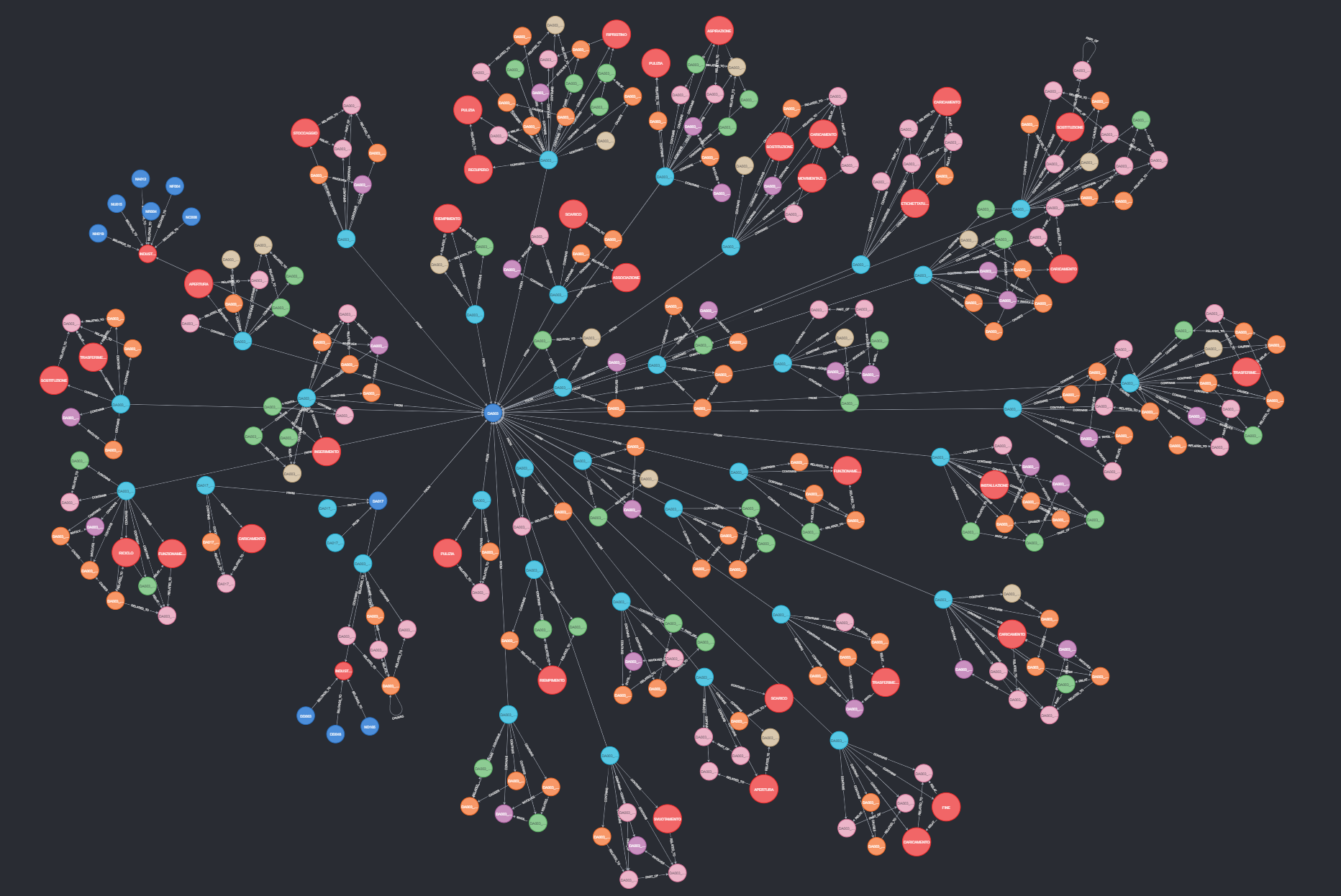Can one analyze an accident that has not happened yet? From near-misses to knowledge graphs

Industrial safety have been built on deaths.
A gory sentence, but one capable of expressing a concept that has shaped the history of safety risk management and sadly enabled its progress. A technology becomes completely usable only when we are perfectly aware of its strengths, but above all, its limitations. Often, however, this awareness is acquired only after an accident.
One may think about the Seveso accident. Its resonance at national and European level led to the development of the 'Seveso' Directive, aimed at the prevention and control of risks associated with the use of hazardous substances in industrial plants. This concept is expressed, for example, in the Directive's requirement for establishments classified as hazardous to prepare and collect reports on the so-called 'near misses', i.e., events with the potential to generate an accident that, for some reason, did not lead to a disastrous outcome. This documentation is then managed by the bodies in charge of controlling Seveso establishments, such as the Istituto Nazionale Assicurazione Infortuni sul Lavoro (INAIL). It is precisely from these reports that this research work by the PhD Student Francesco Simone and the Prof. Riccardo Patriarca (both at Sapienza Department of Mechanical and Aerospace Engineering), in collaboration with Dr. Silvia Maria Ansaldi and Dr. Patrizia Agnello (researchers at INAIL) was developed. The article is based on the idea that these documents contain useful information to ensure a safer industrial environment, with information load almost as important as the one that can be obtained from the study of a major accident. The main challenge, therefore, is to manage this 'hidden' knowledge coming from a large number of text documents, whose data come from various sources, are not standardized, and seem apparently disconnected from each other. The researchers present a methodology based on the use of a knowledge graph: an analytical structure that models the information contained in these documents using the semantic rules of an ontology. The graph thus allows a detailed analysis of the entire database, through the definition of critical 'paths' and combinations of particular variables. In this sense, the possibilities of analysis become almost unlimited, enabling the decision maker to extract priority information in different operational scenarios.
The research promotes a proactive safety management, which complements the ex post causal analysis of major incidents through a data-driven study of numerous minor events with the ultimate target to make work safer.
Link: https://www.sciencedirect.com/science/article/abs/pii/S0166361522002457?via%3Dihub




